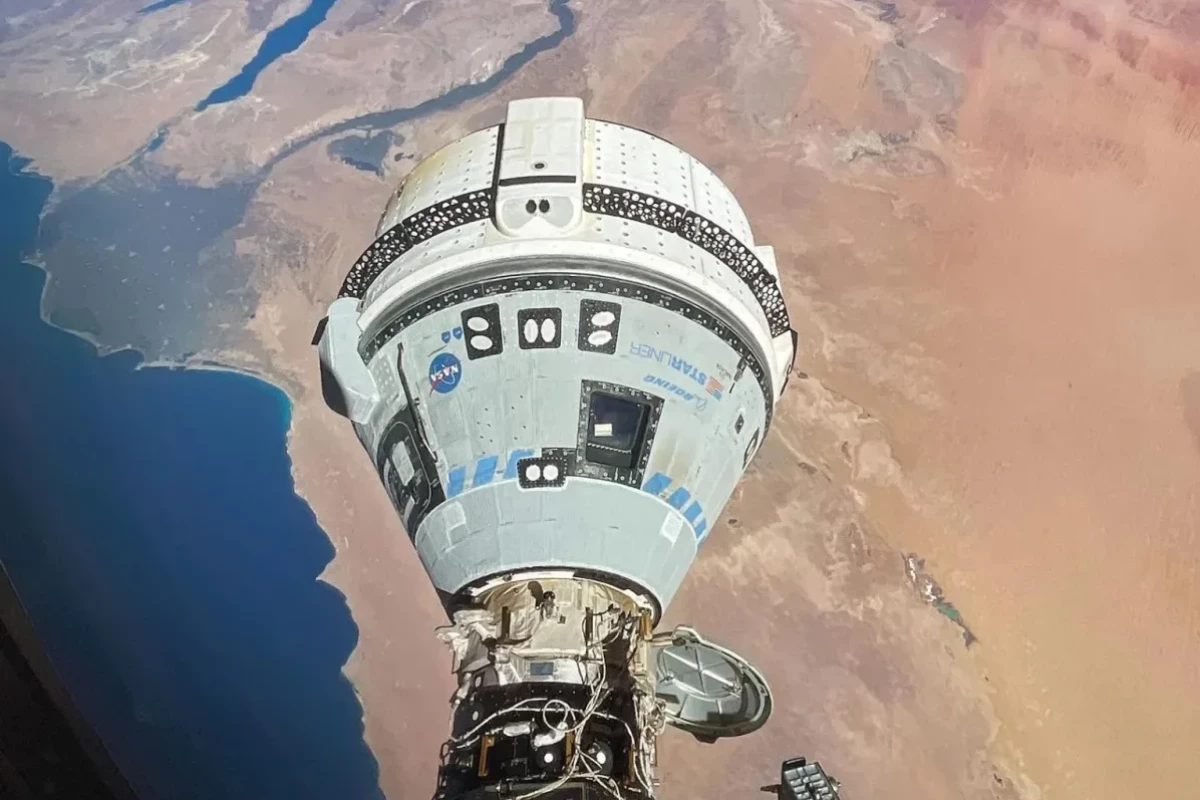NASA says that the astronauts sent to the International Space Station aboard Boeing's malfunctioning Starliner spacecraft are "not stranded in space." However, Barry Wilmore and Sunita Williams may be staying in orbit for a very long time.
"Not stranded" is one of those phrases that can be stretched to cover a lot of situations. You can take the car to the local supermarket and if it breaks down, you aren't stranded because you can walk home in 15 minutes. On the other hand, if you're on a cross-country trip and throw a piston rod in some backwater mountain town, you aren't technically stranded because you could get home somehow, but, in practical terms, you're probably spending an indefinite amount of time in a cheap motel.
That's essentially what's happened with the Starliner mission.
At a press conference on June 28, 2024, space agency officials gave the public assurances that the Starliner crew is safe, the spacecraft is perfectly fine, and the extension of the week-long mission to an indefinite stay aboard the ISS is just a matter of engineers wanting to take the opportunity to carry out extensive testing of the capsule's thrusters.
Unfortunately, when a NASA spokesman said, "I want to make it very clear that Butch and Sunny are not stranded in space," it comes across as not entirely convincing when one looks at the details.
The first crewed Starliner lifted off from Cape Canaveral Space Force Station in Florida on June 5 after 14 years of delays, cost overruns, and flight mishaps. The original plan was to dock with the ISS for a week before returning to Earth. The mission had already been delayed several times due to a helium leak in the thruster system, but NASA and Boeing decided to finally launch.
Then the problems started. Leaks were detected in five thrusters, four of which failed during docking maneuvers. In addition, there was a stuck oxygen valve in the system. As a result, Starliner remains docked with the station and the astronauts are marking time aboard while engineers try to figure out what went wrong and what to do about it.
According to NASA, this involves test firing the thrusters on Starliner while docked. Of particular interest are the helium pressurization system, the propulsion system heaters, and the software controlling everything. In addition, the station's robot arm is being used to eyeball the spacecraft for any signs of damage or erosion.

Meanwhile, a duplicate of the thrusters is being tested on the ground at White Sands Testing Ground in New Mexico. It's being put through the same flight profile as Starliner and the components will be dismantled for study. This will help the engineers work their way through a series of problem trees as they isolate the problems.
"After testing and analysis, we'll plan for landing," said a NASA spokesman. "We don't have a targeted date yet, and we won't set one until testing is complete and we understand the path forward."
Of course, the two big questions are, when will Starliner return to Earth, and is it a matter of when or if?
Though NASA is being aggressively positive, journalists at the conference expressed concern at the lack of updates about the mission. In addition, space agency officials are now talking about how long Starliner can stay docked at the ISS. The batteries aboard the craft are rated to last for 45 days, but NASA is already talking about how they are being charged by the space station and can go for another 45 days. They are also pointing out that when Starliner is cleared for regular service it will carry out missions for as long as 210 days.
That's almost seven months. And with NASA engineers saying that they are looking at weeks of testing and evaluation, they may need that endurance.
It's also not unprecedented. In September 2023, a US astronaut and two Russian cosmonauts returned to Earth after being stranded on the ISS for over a year when their Soyuz spacecraft was put out of action by a collision with a bit of space debris that damaged the coolant systems. As a result, they had to wait until another ride was available in the rotation schedule.
This brings up one of the unspoken possibilities if Starliner isn't available for anything other than an emergency return. If Starliner is judged unusable in the end, that means another spacecraft will have to return Wilmore and Williams to Earth.
Boeing says that there is a "parallel path" for the next Starliner flight in February 2025, though how this will happen without certification hasn't been explained. That means that the only choices are a Russian Soyuz or a SpaceX Dragon. The former would be a major international embarrassment that the United States would rather avoid, especially in an election year, while the latter would see Boeing dining out on crow for the foreseeable future.
Source: NASA






